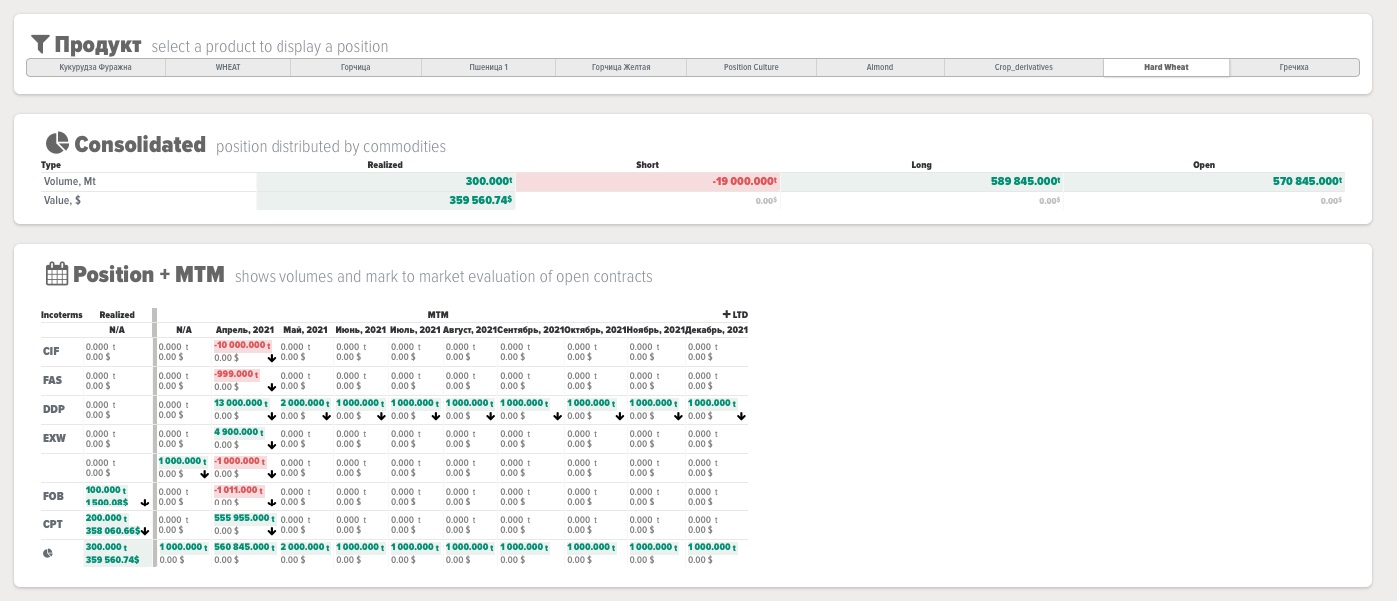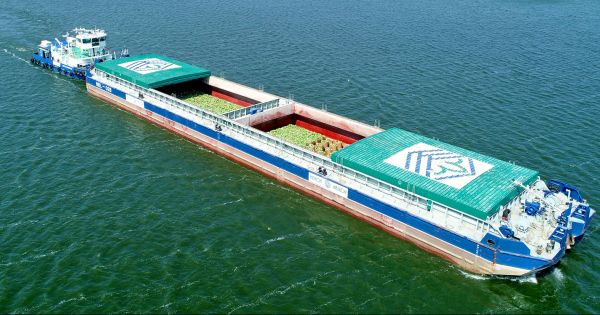What Grain Trading Position Is and How One Manages It
Grain is a commodity, prices for which can change at any time under the influence of the most unexpected factors. A grain trading company can make both good profits and losses.
To use price fluctuations to their advantage and avoid negative consequences from them, grain traders need to be able to manage their trading position.
Trading position concept
Grain traders profit from the difference in purchase and sale prices. If grain prices were stable, like the prices for finished goods with added value, then it would be enough for traders to simply purchase a batch of goods and sell at a certain margin.
However, given that the purchase and sale of grain in different periods may cost differently, in order to close contracts with a profit, grain traders need to maneuver and choose the optimal moment for purchasing and selling goods, based on the price environment.
In order to make trading decisions (sell or buy), traders need to know the current state of their obligations under valid contracts. In simple terms, know the difference between the size of transactions for the purchase and sale of a certain type of product.
Such an indicator in grain trading is called a trade or market position.
A trade position can be open if there is a positive or negative difference between the sizes of purchase and sale deals, or closed, if there is no such difference.
In addition, there can be long and short positions. In the first case, the amount of obligations for a product of one type under purchase transactions exceeds the amount of obligations under sales transactions, in the second case, the correlation is reversed.
How to manage a position
They can be different depending on the business model of the company. However, the main ones are the Daily Position Report and the market revaluation report or MtM (Mark-to-market).
The first report gives an understanding of the volume of a trade position, how much you need to buy or sell additional goods in order to fulfill obligations toward a partner.
To compile this report, you need to know the amount of purchased goods for a particular crop, the amount sold and actually delivered. The last indicator is needed to correct the data.
MtM is the second important report for managing a trade position, which is used not only in grain trading. It helps to estimate the value of an asset or liabilities for it at current prices.
Using this report, grain traders can understand what profit or loss they will receive if they close their trade position under the current prices.
To compile such a report, the contract prices and the market price for the relevant commodity item are used.

Having a not closed balance at hand, knowing its value at current prices, and being familiar with the analytical forecasts on price dynamics in the future, a trader can make a balanced decision — to urgently close position or wait until prices become more acceptable.

In conclusion, it should be noted that such reports should be compiled by grain trading companies at the end of each trading day. Without them, traders cannot make decisions of good quality on further closure of a position in order to maximize profit.
They can be done in Excel tables by entering the necessary data and calculations using formulas. Automation programs for grain trading contain ready-made built-in reports that automatically update information as data is entered and allow to track trade position in real time.
Dmitry Mikhalchuk, founder and SEO-optimizer of GrainTrack








